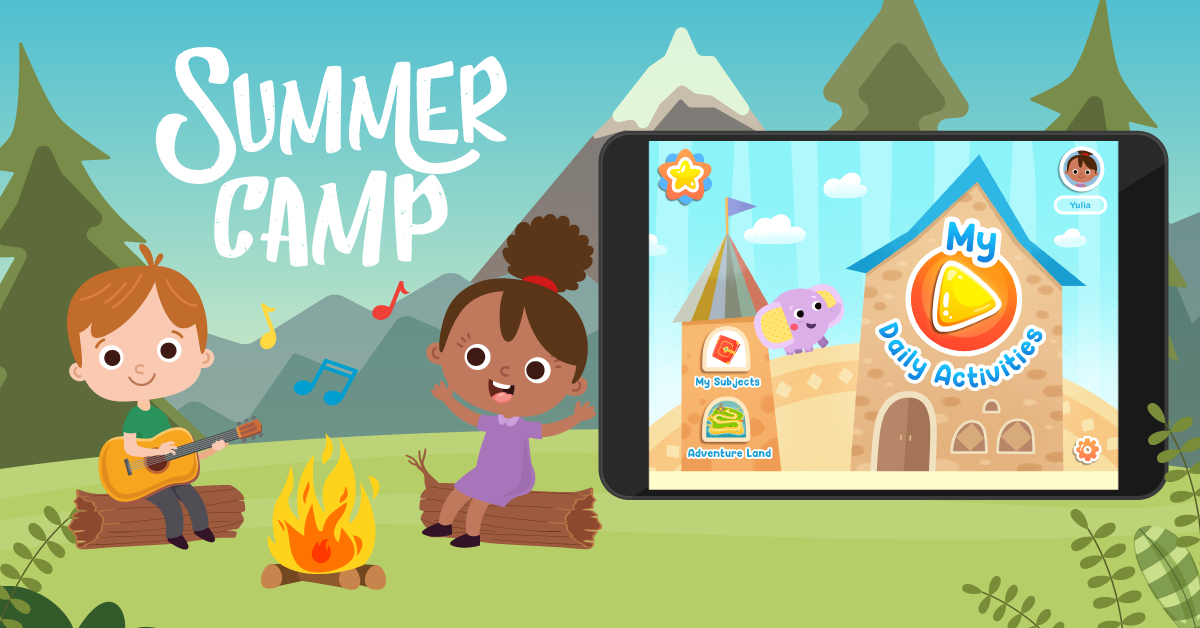Visual Learning Normal Geometry Worksheets for Ages 6-8
3 filtered results
-
From - To
Unlock your child's potential with our Visual Learning Normal Geometry Worksheets designed specifically for ages 6-8. These engaging and visually stimulating worksheets help young learners grasp key geometric concepts through vivid illustrations and interactive tasks. By incorporating visual aids, children develop a solid understanding of shapes, patterns, and measurements while enhancing their critical thinking skills. Our thoughtfully crafted activities cater to different learning styles, making geometry both fun and accessible. Ideal for classroom use or homeschooling, these worksheets offer a comprehensive approach to early math education. Foster a love for learning and build strong foundational skills with our vibrant geometry resources today!


Wholes and Halves Worksheet


Find Quarters Worksheet


Flag Area Worksheet
Visual Learning in Normal Geometry is crucial for children aged 6-8 because it provides a foundational understanding of spatial concepts that are essential for their cognitive development. At this stage, children are naturally inclined to learn through their senses, and incorporating visual tools such as diagrams, shapes, and manipulatives caters to this learning preference.
By engaging with visual learning, young students can better grasp geometric concepts like shapes, patterns, and spatial relationships. This approach can also enhance problem-solving skills, as they learn to visualize and manipulate objects mentally. Furthermore, research has shown that visual learning improves retention and recall, allowing children to build a more robust understanding of mathematical principles.
Parents and teachers should care about this method because it not only makes learning enjoyable and interactive but also prepares students for more complex mathematical concepts in the future. A strong grasp of geometry in early education lays the groundwork for success in subjects like mathematics, science, and engineering.
Encouraging visual learning also fosters critical thinking and creativity, skills that are essential for today’s world. Thus, prioritizing visual learning in geometry is a valuable investment in a child’s academic journey.
 Assign to My Students
Assign to My Students















